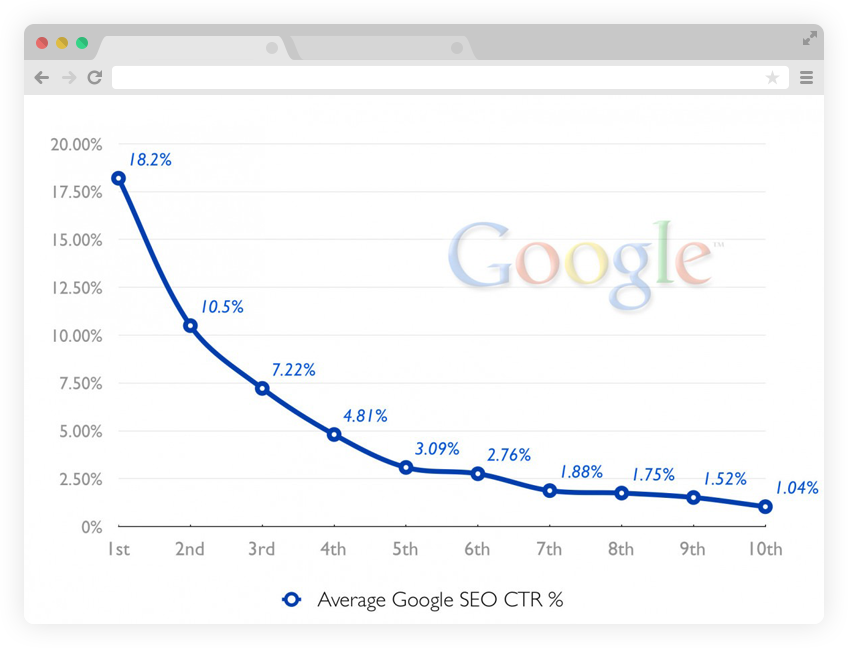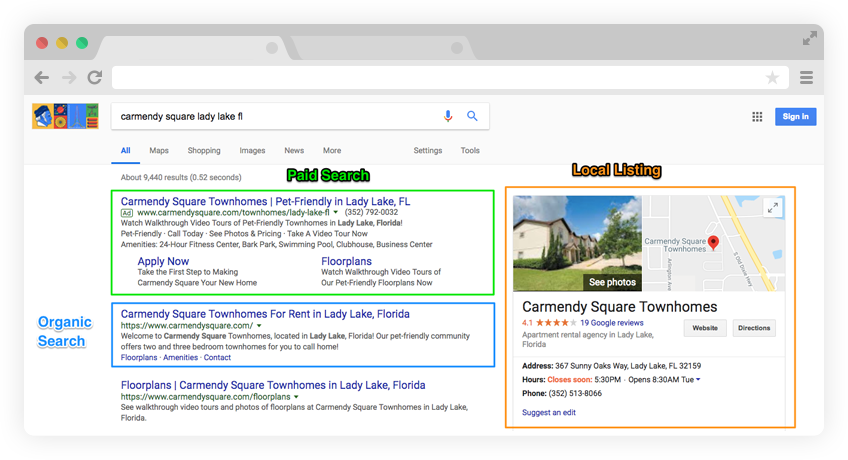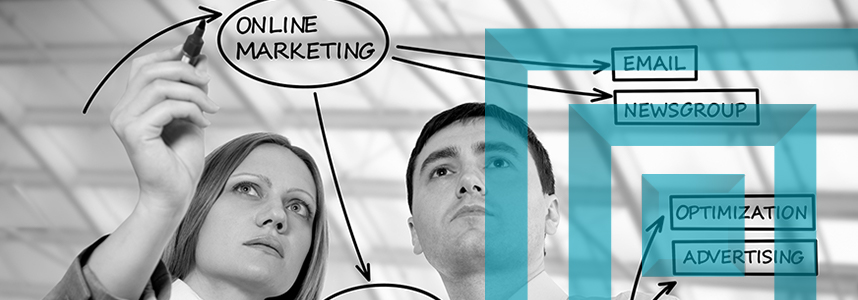Everyone is doing something online but what makes the most sense for your business? At GBX Digital we study what works best and apply that hard earned experience to our client’s campaigns. Here are some case studies to give you a glimpse into our knowledge base.
Case Study #1
Client Situation:
A 50 page non-eCommerce lead gen website; Client previously had some limited experience with other SEO companies; few ranking keywords; no Analytics on their site. Kick off call with the Client prompted the Initial Site Analysis (ISA), to be followed by the strategy call. The site had stale content and a weak link profile. The prior SEO/Webmaster utilized old/poor SEO techniques, such as outdated Meta and SPAMMY keyword usage and saturation.
The ISA proposed rewriting of onsite content, update and optimization of title Meta data (title tag, description tag, schema markup, OG tags, robots.txt, and sitemap.xml), install of Google Analytics and Webmaster Tools (GWT), and a more robust outreach program for the acquisition of authoritative inbound links.
In the first month, an in-depth analysis of the site was provided to the Client in addition to updated Meta for the main seven category pages and installing Google Analytics/GMT. We also set up an account in our reporting portal linked to their Analytics profile. The content refresh for the first 24 primary pages of the site was completed by month six. New links were secured and delivered sporadically throughout the six months of the campaign.
Deliverables:
-
Month 1
- ISA strategy, development and research
- Keyword research
- Keyword mapping
- Architecture optimization
- Social media analysis
- Competitor research
- Market research
- Development strategy
- Technical analysis
- Benchmark reporting
- Keyword positioning
- Link profile analysis
- Initial recommendations
- Meta tag evaluation
- Brand analysis
- Content analysis
- Conversion analysis
- Bounce rate
- Traffic vs. conversion
- Analyzed, updated and submitted sitemap.xml
- Analyzed, updated and submitted robots.txt
- Google Analytics and GWT installed
- Added to online reporting tools
- ISA strategy, development and research
-
Quarter 1:
- Updated Meta:
- Desc Tag – 7 main category pages, and 3 subpages
- Title Tag – 7 main category pages, and 3 subpages
- Removed keywords tags
- Content refresh for 10 pages of the site
- Ongoing outreach for partnerships and linking opportunities
- Q1 analysis of campaign goals and gains
- Conference with Client
- Updated Meta:
-
Quarter 2:
- Updated Meta:
-
- Desc Tag – 14 subpages
- Title Tag – 14 subpages
- Content refresh for 14 pages of the site
- Ongoing outreach for partnerships and linking opportunities
- Q2 analysis of campaign goals and gains
- Conference with Client
Results:
By the end of month six of the Client’s campaign, the Client saw a dramatic increase in rankings for several keywords targeted for the campaign. The site began to see increased site traffic and positive visitor flow. In addition, based on data in Analytics and GWT there were greater opportunities for conversion optimization going beyond month six. The client saw a 33% increase in traffic, 12 Keywords ranking on page 1 versus 2.
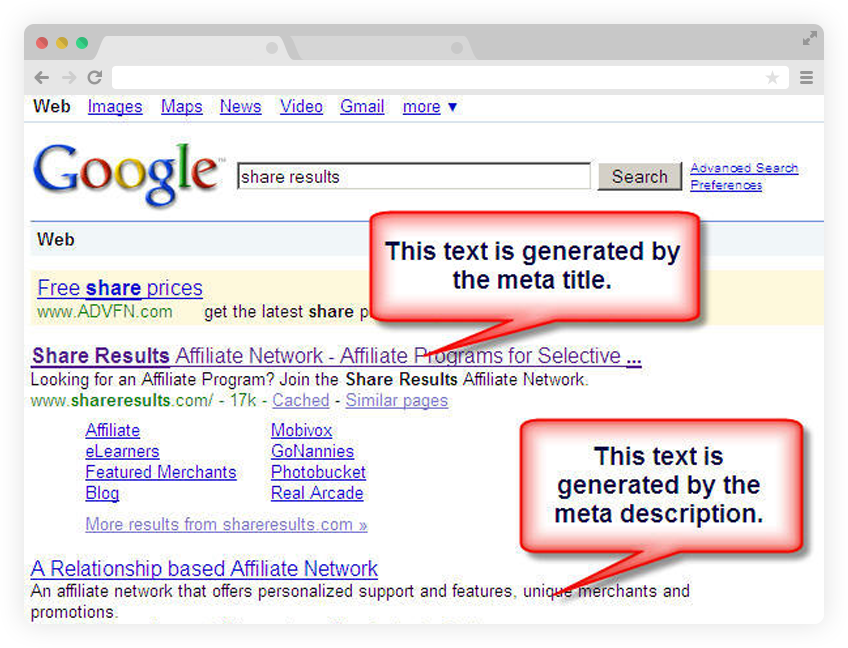
Case Study #2
Client Situation:
A 25 page non-eCommerce lead generation WordPress (WP) website; few ranking keywords; no Analytics on their site. Launching local new product/service line.
The site had weak and repeated content and zero inbound links. Meta resembled best practices from four years prior: long keyword lists, title tags and description tags with location SPAM, and outdated Meta. The blog section of the site was very dated (significant lag since last posts) and the social media assets hadn’t been updated in eight months.
Kick off call with the Client prompted the Initial Site Analysis (ISA), followed by the strategy call. In the first month the Google Analytics and Webmaster tools were added to the site, the keyword list and keyword map were completed, and Meta was delivered for the five main pages. Outreach for linking opportunities had begun, and content refreshes for the five main pages were ordered and delivered for approval by month end. By the second month an additional 10 pages of Meta and content were completed, with new linking opportunities found by the end of the month. Social links with Open Graph tags were incorporated. This pace was continued through month three when the entire site was refreshed with new content, and several inbound links had begun to improve the authority of the site. The new site was steadily promoted using Social Media Integration (SMI) content, leading to increased traffic to the new product page.
-
Month 1
- ISA strategy, development and research
- Keyword research
- Keyword mapping
- Architecture optimization
- Social media analysis
- Competitor research
- Market research
- Development strategy
- Technical analysis
- Benchmark reporting
- Keyword positioning
- Link profile analysis
- Initial recommendations
- Meta tag evaluation
- Brand analysis
- Content analysis
- Conversion analysis
- Bounce rate
- Traffic vs conversion
- Analyzed, updated and submitted sitemap.xml
- Analyzed, updated and submitted robots.txt
- Google Analytics and GWT installed
- Added to online reporting tools
- Five pages of onsite content
- ISA strategy, development and research
-
Quarter 1:
- Updated Meta:
- Desc Tag – 20 main category pages
- Title Tag – 20 main category pages
- Removed keywords tags
- Content refresh for 20 pages of the site
- Ongoing outreach for partnerships and linking opportunities
- Q1 analysis of campaign goals and gains
- Conference with Client
- Updated Meta:
Results:
Client realized improved rankings for many keywords targeted for the campaign. Traffic increased considerably as did leads. Social Media improved lead to conversion rates by 4%. Website analytics increased ability to make well informed decisions supported by data. Bounce rates decreased.
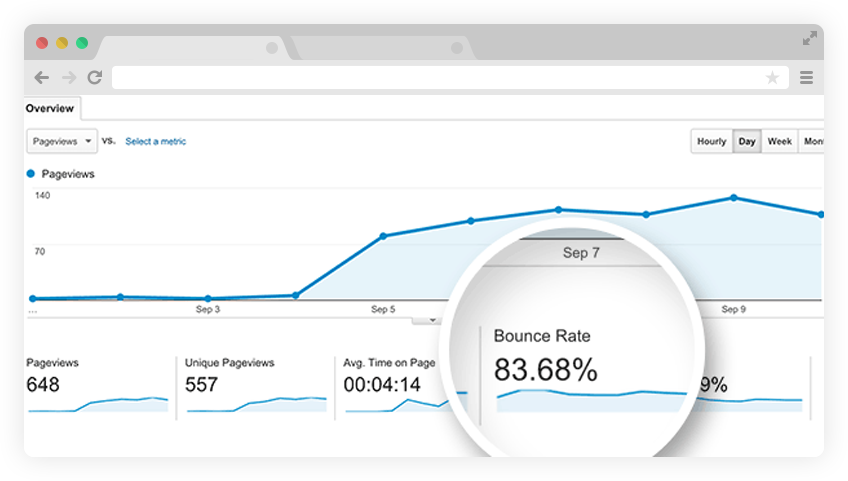
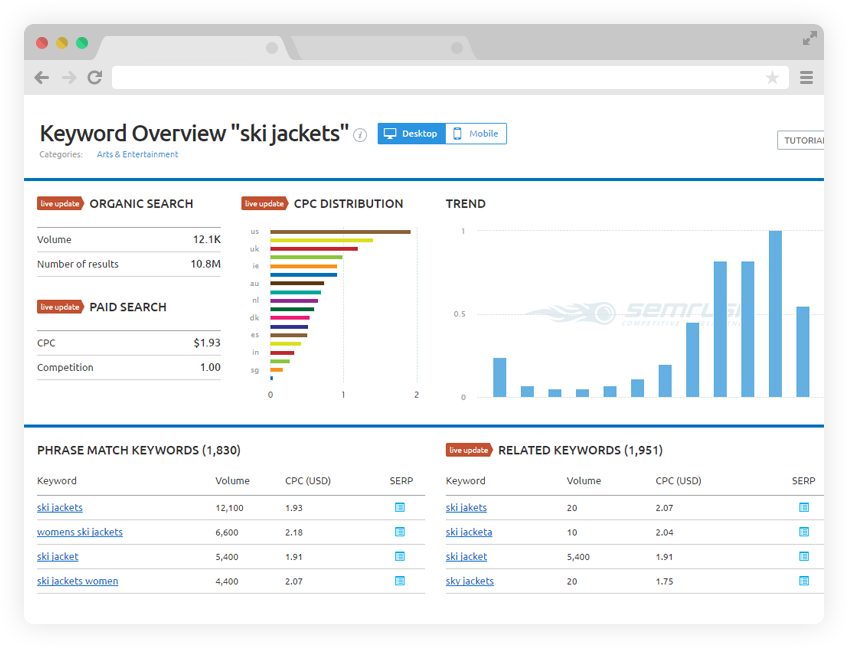
Case Study #3
Client Situation:
A 150 page eCommerce website, Client had poor experience with past SEO company; had received a link penalty; few ranking keywords; significant reduction in traffic.
Kick off call with the Client prompted the Initial Site Analysis (ISA), followed by the strategy call. Link audit revealed over 700 low-quality and potentially harmful root domains. Content quality and keyword density were poor and based on prior models of SEO. URL structure was illogical and required restructuring. Social media was non-existent.
In the first month, updated Meta for the homepage were added to the site. We also set up an account in our reporting portal linked to their Analytics profile. In the second month, a linking audit was delivered to the client. Content for category pages were completed by month six. By month six, a penalty reconsideration request and disavow file had been sent to Google for consideration. By month 10, we submitted one additional reconsideration request (original request denied) and the penalty was removed. Meta for 100% of product pages were completed by month 12 and quality links were acquired strategically over the 12 months.
-
Month 1
- ISA strategy, development and research
- Keyword research
- Keyword mapping
- Architecture optimization
- Social media analysis
- Competitor research
- Market research
- Development strategy
- Technical analysis
- Benchmark reporting
- Keyword positioning
- Link profile analysis
- Initial recommendations
- Meta tag evaluation
- Brand analysis
- Content analysis
- Conversion analysis
- Bounce rate
- Traffic vs conversion
- Analyzed, updated and submitted sitemap.xml
- Analyzed, updated and submitted robots.txt
- Google Analytics and GWT installed
- Added to online reporting tools
- ISA strategy, development and research
-
Quarter 1:
- Updated Meta:
- Desc Tag – 20 main category pages
- Title Tag – 20 main category pages
- Removed keywords tags
- Content refresh for 20 pages of the site
- Ongoing outreach for partnerships and linking opportunities
- Q1 analysis of campaign goals and gains
- Conference with Client
- Updated Meta:
Results:
The site recovered the majority of its authority and increased traffic beyond pre-penalty levels of success.
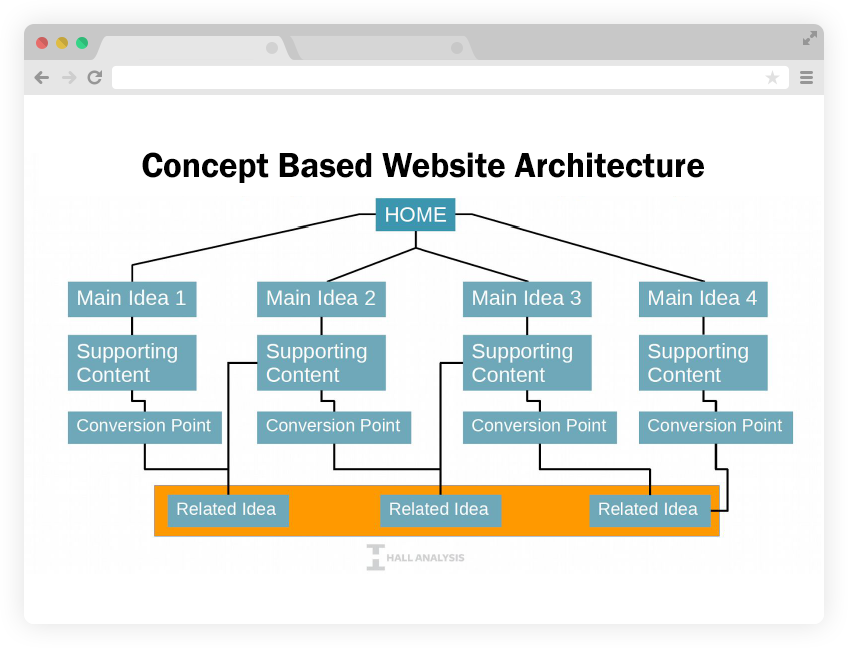
Case Study #4
Client Situation:
This small business with a new website (25 pages) had limited resources for online marketing. They had no prior SEO experience. The site had existing content but had not been optimized. Site was not ranking for any keywords.
The ISA proposed rewriting of onsite content, update and optimization of title Meta data (title tag, description tag, schema markup, OG tags, robots.txt, and sitemap.xml), install of Google Analytics and Webmaster Tools (GWT), Creation of Google+, and a more-robust outreach program for the acquisition of inbound links.
After a kickoff call with the Client, keyword research commenced to determine the top 5-10 terms with the best ROI potential, given the Client’s competition and current ranking potential. From this research, keyword recommendations and mapping were created and a content strategy developed. A strategy was also developed surrounding local including Name Address and Phone Number information (NAP) verification.
-
Month 1
- ISA strategy, development and research
- Keyword research
- Keyword mapping
- Architecture optimization
- Social media analysis
- Competitor research
- Market research
- Development strategy
- Technical analysis
- Benchmark reporting
- Keyword positioning
- Link profile analysis
- Initial recommendations
- Meta tag evaluation
- Brand analysis
- Content analysis
- Conversion analysis
- Bounce rate
- Traffic vs conversion
- Analyzed, updated and submitted sitemap.xml
- Analyzed, updated and submitted robots.txt
- Google Analytics and GWT installed
- Added to online reporting tools
- Baseline SEO report
- ISA strategy, development and research
-
Quarter 1:
- Updated Meta:
- Desc Tag – three main category pages
- Title Tag – hree main category pages
- Removed keywords tags
- Content refresh for three pages of the site
- Ongoing outreach for partnerships and linking opportunities
- Q1 analysis of campaign goals and gains
- Conference with Client
- Updated Meta:
-
Quarter 2:
- Updated Meta:
- Desc Tag – 14 subpages
- Title Tag – 14 subpages
- Content refresh for 14 pages of the site
- Ongoing outreach for partnerships and linking opportunities
- Q2 analysis of campaign goals and gains
- Conference with Client
- Updated Meta:
-
Remainder of the Year:
- Fully optimized the content and Meta tags for the primary category pages and performed additional local and social optimization including:
- Optimized on-site location page and listing of name, address, and phone number on-site
- Implemented Schema on NAP across website
- Implemented “Follow” and “Share” social media buttons on website
- Submitted business to Moz Local
- Claimed Listings on Google
- Included upgrade of Google+ Local page to a Local / Social page (OR creation of Google+ Business Page, if Local / Social upgrade is not available)
- Submitted business info to Local Directories
- Setup an optimized one YouTube Channel
- Created 1 video which was placed on this new channel.
- Implemented Authorship tags on the site
- Posted premium submissions to JoeAnt, GoGuides, DirJournal.com and DMOZ
- Month 10 and beyond we also began posting 2-4 posts per month to Google+.
- Fully optimized the content and Meta tags for the primary category pages and performed additional local and social optimization including:
Results:
Client achieved a significant increase in traffic and conversions beginning in month 6, increasing even further by years end. At the end of year 1 they were ranking strongly for the top 5 key terms deemed most viable during the discovery phase.
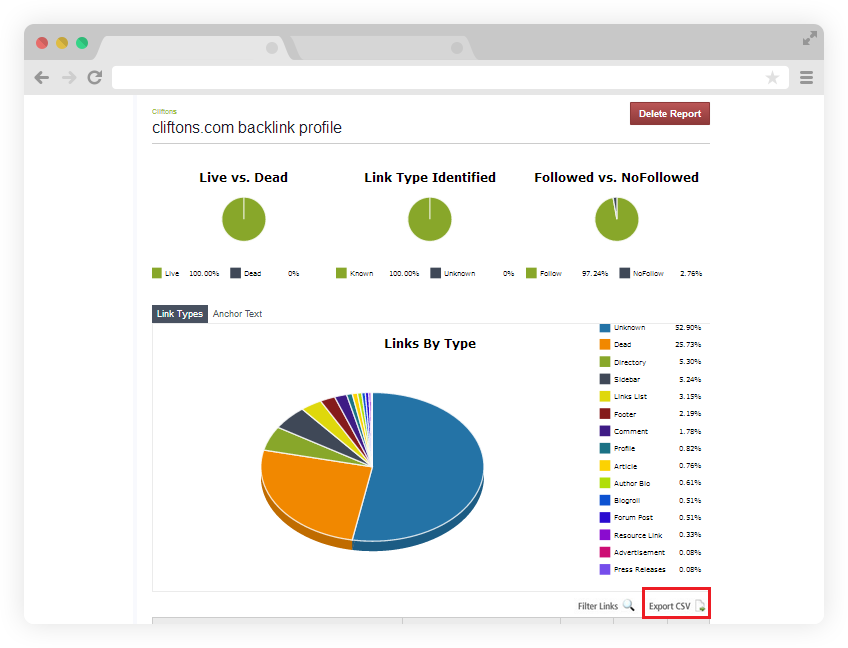
Case Study #5
Client Situation:
National and local lead generation telecommunications company with 10 main locations throughout the US and a focus on a national presence. This Client signed with a priority to shift their marketing budget from AdWords to organic (SEO). They had been spending $10,000 monthly with AdWords and wanted to lower the spend. They had limited experience with organic traffic generation. Client had some existing social media assets but they had been underutilized as a source for traffic and branding. Local listings had not been organized and contained erroneous information. They had never pursued an outreach campaign, and were unaware of the importance of referral links.
The ISA proposed maintaining a high AdWords spend and to slowly transition that down. The focus of the campaign was to make the AdWords spend more efficient and include the usage of AdWords Express in Google and Bing Local to help drop their initial spend by $2,500 by month 3. In addition, site improvements and outreach helped to boost the site authority and relevance for important benchmark keywords.
-
Month 1
- ISA strategy, development and research
- Keyword research
- Keyword mapping
- Architecture optimization
- Social media analysis
- Competitor research
- Market research
- Development strategy
- Technical analysis
- Benchmark reporting
- Keyword positioning
- AdWords targeted keyword analysis
- AdWords dedicated analytical optimization analysis and recommendations report.
- Initial AdWords KPI report
- Link profile analysis
- Initial recommendations
- Meta tag evaluation
- Brand analysis
- Content analysis
- Conversion analysis
- Bounce rate
- Traffic vs conversion
- AdWords cost analysis (core KPI vs. Spend)
- Analyzed, updated and submitted sitemap.xml
- Analyzed, updated and submitted robots.txt
- Google Analytics and GWT installed
- Added to online reporting tools
- ISA strategy, development and research
-
Quarter 1:
- Updated Meta:
- Desc Tag – 7 main category pages, and 3 subpages
- Title Tag – 7 main category pages, and 3 subpages
- Removed keywords tags
- Updated Analytics code to universal as well as including remarketing and AdWords linking.
- Created and added goals to Analytics
- Content refresh for 10 pages of the site
- Ongoing outreach for partnerships and linking opportunities
- AdWords setup
- MSN BING Yahoo
- Lead generation optimization
- Shopping cart conversion rate optimization
- Product listing optimization and implementation
- Retargeting campaign optimization (banner ads)
- Q1 analysis of campaign goals and gains
- Conference with Client
- AdWords KPI report
- Traffic and Ranking performance report
- Conference with Client
- Updated Meta:
-
Quarter 2:
- Updated Meta:
- Desc Tag – 14 subpages
- Title Tag – 14 subpages
- Content refresh for 14 pages of the site
- Ongoing outreach for partnerships and linking opportunities
- AdWords advanced optimization
- Landing page A/B testing utilizing Google’s optimization script.
- Q2 analysis of campaign goals and gains
- Conference with Client
- AdWords performance review
- Organic performance review
- Conference with Client
- AdWords Q3 projections and performance overview report – prospective goals and opportunities
- Updated Meta:
-
Quarter 3:
- Updated Meta:
- Desc Tag – 14 subpages
- Title Tag – 14 subpages
- Content refresh for 14 pages of the site
- Ongoing outreach for partnerships and linking opportunities
- Q3 analysis of campaign goals and gains
- Conference with Client
- AdWords performance review
- Organic performance review
- Conference with Client
- AdWords Q4 projections and performance overview report – prospective goals and opportunities
- Updated Meta:
-
Quarter 4:
- Updated Meta:
- Desc Tag – 14 subpages
- Title Tag – 14 subpages
- Content refresh for 14 pages of the site
- Ongoing outreach for partnerships and linking opportunities
- Q4 analysis of campaign goals and gains
- Conference with Client
- AdWords performance review
- Organic performance review
- Conference with Client
- AdWords Q5 projections and performance overview report – prospective goals and opportunities
- Updated Meta:
Results:
The AdWords campaign resulted in a 15% increase in return on investment. The click-through-rate improved by a corresponding 15%. The organic results also improved, with the site ranking well for important niche keywords, driving important qualified traffic to the site – increasing overall leads. The social media campaign resulted in a significant increase in social traffic to the site. As a result of the gains in the AdWords, SEO and Social campaigns, the overall spend for AdWords was reduced to $7,500 a month.
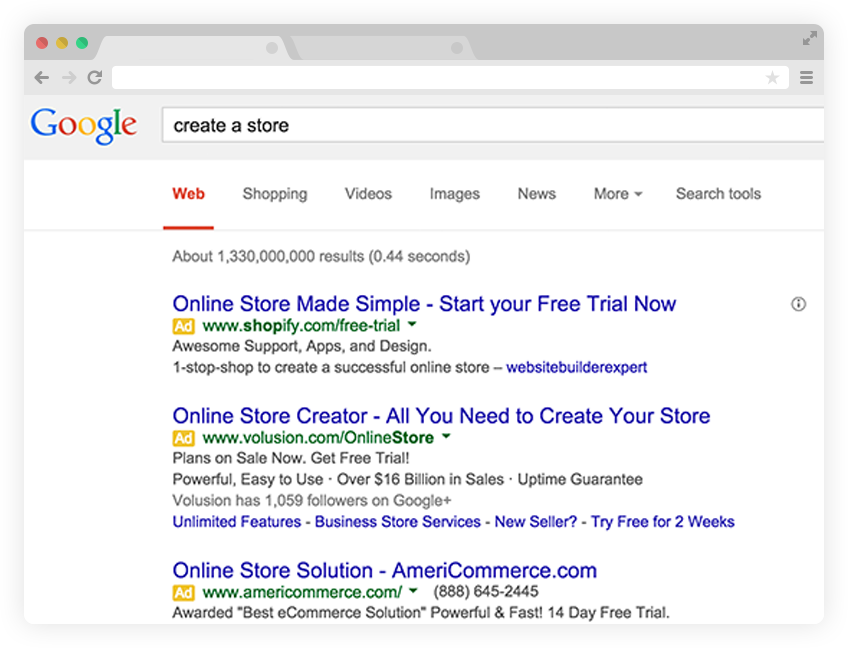
Case Study #6
Client Situation:
They’d recently fired their past SEO agency due to a huge drop in traffic. Client had a broad linking profile, but many from poor sites and a heavily imbalanced links/linking domains ratio. Client claimed they had not received a penalty notification from Google. Client stated they had previously been “#1” for all of their important keywords, and were currently “not ranking.” Client was in a competitive consumer market.
After the kick off call, it was assessed by the SEO team that the Client’s site had, in fact, received a site-wide link penalty related to a recent algorithm change. The ISA proposed a new domain and new website to be launched with an aggressive SEO campaign to begin building authority and rankings. The Client elected to keep their current site and requested help fix their SEO. An aggressive link removal campaign was begun to remove poor inbound links – the process of which lasted six months. A reconsideration request was requested and accepted by Google. Once the links were removed and the reconsideration request accepted, a new outreach campaign began to rebuild their linking profile. By month eight, the Client was unimpressed by the growth of authority in the two months after the reconsideration request was accepted by Google. The SEO team reminded the Client of the original plan, and again suggested we end the current campaign, and start fresh with a new domain. A new contract was signed for web development and SEO of a new domain and site.
Deliverables:
-
Month 1
- Link Removal Strategy
- Link research and assessment
- Link removal list
- Site outreach list
- Contact and follow up of site admins
- Link research and assessment
- Analyzed, updated and submitted new Meta tags for homepage, including removing keyword tags.
- Analyzed, updated and submitted sitemap.xml
- Analyzed, updated and submitted robots.txt
- Google Analytics and GWT installed
- Added to online reporting tools
- Link Removal Strategy
-
Q1:
- Content refresh for four other main pages of the site
- Updated Meta:
- Desc Tag – four main pages.
- Title Tag – four main pages.
- Removed keywords tags across four main pages.
- Created and added goals to Analytics
- Ongoing Link Removal Strategy
-
Q2:
- Submittal of reconsideration request to Google
- Ongoing Link Removal Strategy
-
Q3:
- Outreach for new linking opportunities
- Assessment of results after reconsideration request was approved by Google
- Full strategy for new site development and SEO campaign
-
Q4:
- Launch of new site
- Full initial onsite SEO improvements
- Full offsite SEO campaign
Results:
Stripped away poor links and certain keywords noticed modest improvement. Linking penalties can be quite severe and such reversals take 10-12 months. Client did not want to wait any longer and decided to scrap the site and create a new one.
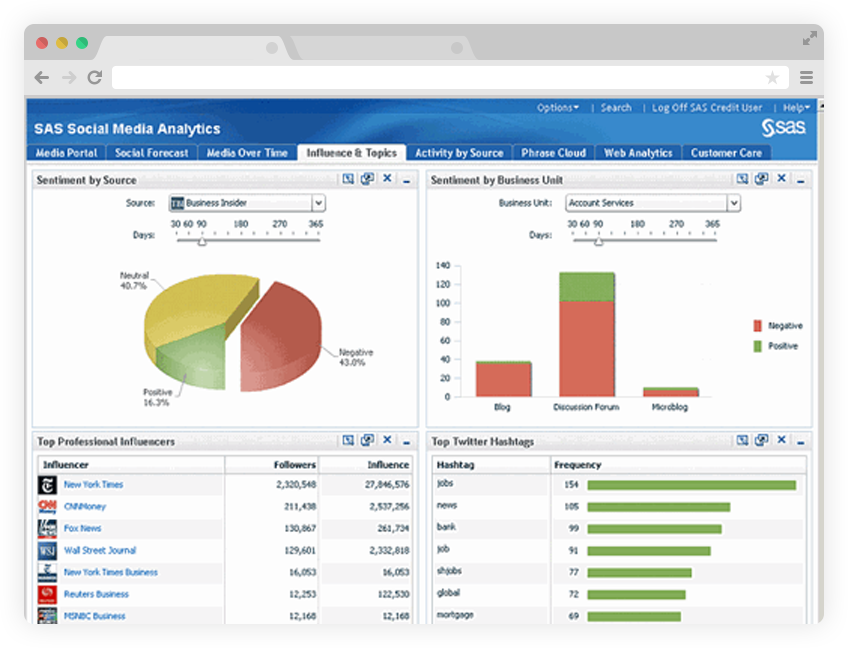
Client #7
Client Situation:
Client owns a clothing site that specializes in medium to high-end designer women’s clothing. Client came from another SEO company that did not generate positive results. Organic traffic had dropped by 25% over the prior six months. The previous company targeted very basic long tail terms (e.g., “women’s clothing online,” “women’s clothing for sale,” etc.). Client’s site needed improvements across 1,500 pages of their eCommerce site. Client also needed SEM assistance – primarily consulting on Google AdWords (not including media spend).
Our first line of business was to create a keyword map that presented more opportunities such as: “Liz Claiborne purses,” “Guess Jeans,” and other targeted brand terms. Current site optimization was poor, Meta tags were over optimized and products lacked descriptions. They were also missing alt tags on 80% of their images and used flash for their banner slider. Many product category pages were blank aside from the products themselves. URLs were dynamic, which was mentioned to the Client at the start of the campaign as outside of the scope of their current budget to fix. Current cart setup resulted in duplicate pages due to the sort functionality. We again noted this information, but referenced it as out of scope at the current price point. Originally the budgets for PPC / SEO were 80/20 but after 8 months revisions were made that changed to 40/60, saving the client CPC
Deliverables:
-
Month 1
- ISA strategy, development and research
- Keyword research
- Keyword mapping
- Architecture optimization recommendations
- Social media analysis
- Competitor research
- Market research
- Development strategy
- Technical analysis
- Benchmark reporting
- Keyword positioning
- Link profile analysis
- Initial recommendations
- Meta tag evaluation
- Brand analysis
- Content analysis
- Analyzed, updated and submitted sitemap.xml
- Analyzed, updated and submitted robots.txt
- Google Analytics and GWT installed
- Added to online reporting tools
- ISA strategy, development and research
-
Q1:
- Content refresh for 12 pages of the site
- Updated Meta:
- Desc Tag – ten main category pages, and two product subpages
- Title Tag – ten main category pages, and two product subpages
- Removed keywords tags
- Updated Analytics code to universal as well as including remarketing and AdWords linking.
- Created and added goals to Analytics
- Ongoing outreach for partnerships and linking opportunities
- Conversion analysis
- Bounce rate
- Traffic vs conversion
-
Q2:
- Performed walk-through of cart
- Sold upgrade to optimize cart and optimize urls
Results:
By month four the main pages of the site had been improved, with fresh content and updated tags. Additionally, partnerships from the outreach began to yield positive linking results. By the end of the sixth month optimization of the AdWords campaign improved the ROI, dropping the overall cost-per-click by 10%, the savings of which was put back into the AdWords campaign for greater impression numbers. A proposal was sent to the Client for the optimization of the full shopping cart. The client signed a new agreement for full site optimization.
